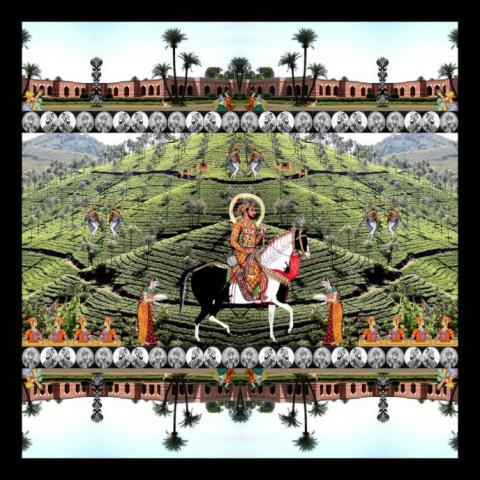Arab-Jewish art museum opens window on a new world
Window to a world you don’t know
There are a number of levels of purpose to the museum, Bar-Shay says. The most obvious is to create the opportunity for Jews and Arabs (Christian, Muslim, Druze, Bedouin) to meet, cooperate and talk. “It’s a stage for coexistence and dialogue,” she says. “If you come to the museum, you already open a window to a world you don’t know.” The museum also answers the call for art in the periphery. Bar-Shay says most of the top art museums in Israel are in the center of the country. “It’s not just art on display; it’s good art of local and international caliber. This is wanting in the periphery. In the Arab communities, they’re longing for a place like this,” she tells ISRAEL21c. The museum’s first exhibition is called “Hiwar,” the Arabic word for “dialogue.”
It will present contemporary works by Jewish and Arab artists including Marina Abramović, Larry Abramson, Jannis Kounellis, Abeer Atalla, Christian Boltansky, Mohammad Said Kalash, Johannes Vogel, Raed Bwayeh, Hermann Nitsch, Hoda Jamal, Mounir Fatmi, Mahmoud Badarneh, Buthaina Abu Melhem, Micha Ullman, Asad Azi, Dani Karavan, Nidal Jabarin, Tamir Lichtenberg, Meirav Heiman, Zuhdi Qadri, Rani Zahrawi and David Wachstein.
Fainaru and Bar-Shay chose the artists, while Amin Abu Raya of Sakhnin is curating the exhibit.
Connection to culture
The Arab Museum of Contemporary Art and Heritage will exhibit all disciplines of art including painting, drawing, sculpture, digital and multimedia. The emphasis is on Middle Eastern art, says Bar-Shay, but notes that “we’re not just showing Israeli Arab and Jewish art.” Exhibits will also include works by artists from Morocco, Turkey and other Middle Eastern countries, she says. “As artists, it’s important for us that we show original and quality art. To show how art can grow from a place. It’s important that there’s a connection to the local culture,” Bar-Shay tells ISRAEL21c.
Fainaru also talks about the importance of helping the city’s residents engage with the art. “In Sakhnin, the museum will be located inside the neighborhood. People live near it. The intention is that the community will have access to it, that art will exist together with the residents and not just for its own sake,” Fainaru told the Israeli daily Haaretz. “So it is also important to choose works that will not offend the residents’ sensibilities, since this is a very sensitive and volatile place. We don’t want to create opposition; we want to create success and attraction.”
Viva Sarah Press

